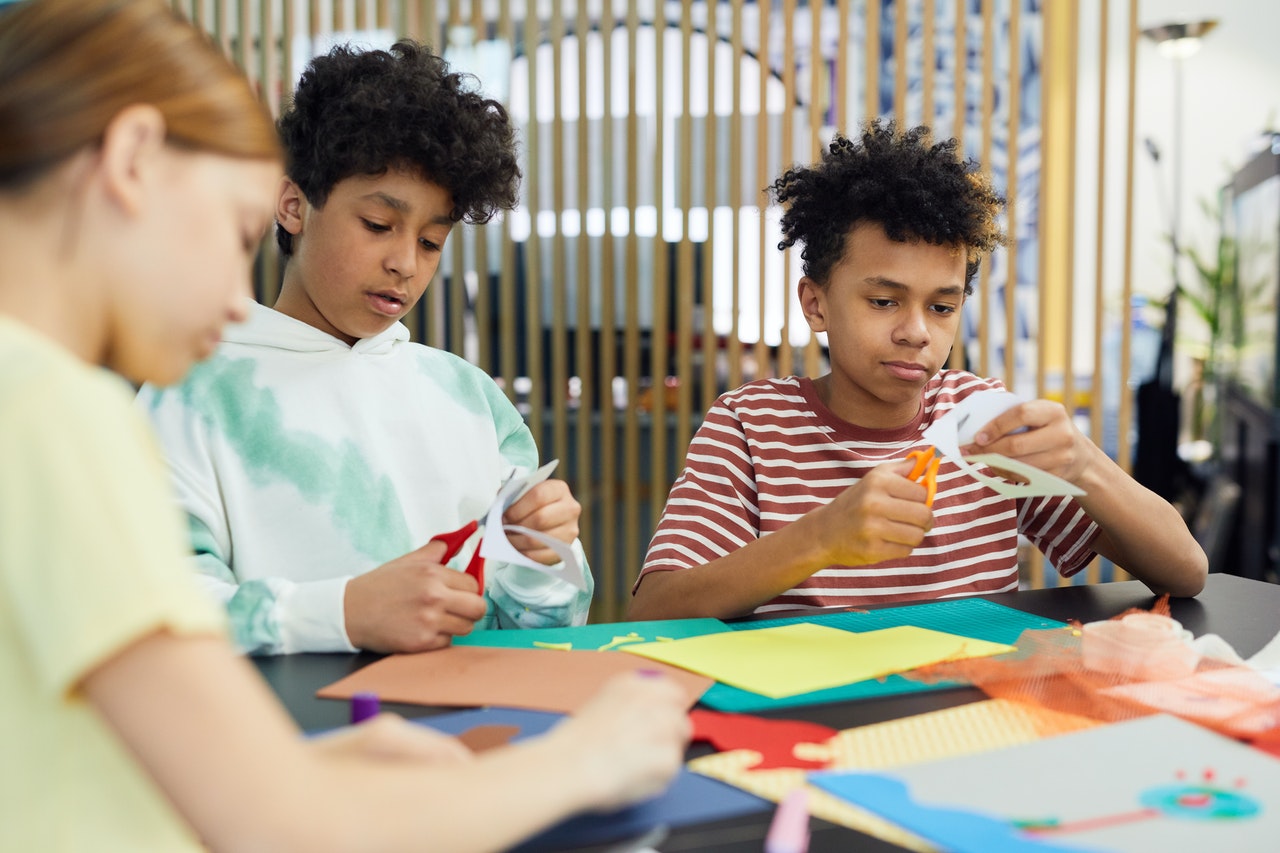
This month marks the 1-year anniversary of the opening of Perth’s museum, The WA Museum Boorla Bardip! This is the perfect time to reflect on the importance of cultural and community spaces that foster interactive learning across all ages.
As children move through the world they are constantly developing their knowledge and improving their skills. This is especially the case when they are immersed in an environment that encourages cognitive processes and social opportunities. Spaces that operate in line with the following six principles of learning are the most likely to provide a great educational experience:
Social interaction and communication are very important to learning, because they assist learners to process, organise and reflect on their thoughts and provide an opportunity for them to find gaps in their understanding or perspective (Okita, Encyclopedia of the Science of Learning).
This should be taken into consideration within more ‘formal’ educational spaces, like schools, tutoring organisations and early years facilities, through the incorporation of hands-on activities, collaboration and group discussion. My Academy’s tutors often look for new, interesting ways to incorporate interactive activities into their lessons, from high school science students testing their lung capacity by blowing up balloons to primary students surveying tutors and staff to learn about data and statistics.
However, places like museums, libraries and even play centres can also be perfect locations to incite curiosity, discussion and questions. Now more than ever, care is being taken to specifically incorporate social learning into the design of community spaces.
A study at Macquarie University in 2019 found that museums which specifically designed their exhibit spaces to be enjoyed by people of all ages, rather than creating separate early years, upper primary and adult sections, led to young children learning more and finding more enjoyment in their trip to the museum.
“Substantial research shows that young children learn best when they interact with other people…Those interactions can stretch children’s thinking. They have opportunities to explain what they know, and to hear about other ideas.” – Associate Professor Degotardi
This way of thinking has been put into practice with Boorla Bardip, the designers of which have taken great care to ensure the different exhibits and spaces within the building weave together and encourage engagement and interaction from people of all ages. Some of their exhibits and events even interconnect music and performance to history and culture; providing sensory learning experiences and helping create different forms of meaningful connection (a fantastic way to engage auditory learners!).
“The museum planners and specialists have cleverly side-stepped worldwide practices of past exhibitions where aspects of nature, culture and history are segmented; seemingly unconnected”
https://www.haveagonews.com.au/news/celebrating-the-peoples-museum/
Boorla Bardip also encourages other forms of learning and connection; hosting workshops spanning a diverse range of topics, from permaculture and water-wise gardening, to Tai Chi, to crafting! These kinds of workshops and learning opportunities are also frequently hosted by local community centres and non-profits, so giving your child opportunities to engage in social, interactive learning does not need to mean a trip into the city. Looking at your council website, keeping up to date on your local community hubs and just going out and exploring are great ways to find a range of social educational events.
Visit the museum: https://visit.museum.wa.gov.au/boolabardip/
https://www.haveagonews.com.au/news/celebrating-the-peoples-museum/